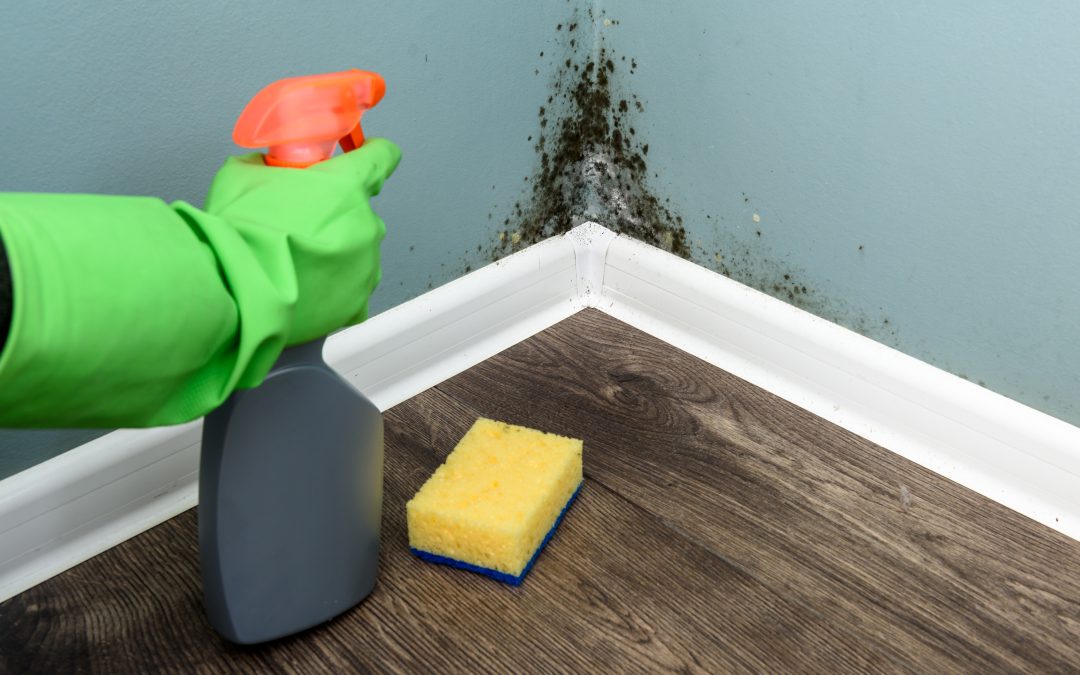Hey y’all, gather ’round and let’s talk about a common issue that many Southern homeowners face: basement mold. It’s a pesky problem that can cause not only damage to your home but also potential health risks for you and your loved ones. But fret not, my dear readers, for today we will delve into the causes of basement mold and share some tips on how to prevent it from taking root in your humble abode.
I. Understanding the Causes of Basement Mold
Before we can tackle the issue head-on, we must first understand the root causes of basement mold. It often arises due to excess moisture, high humidity levels, and poor maintenance habits.
A. Excess Moisture in the Basement
One of the leading causes of basement mold is excess moisture, which can seep into your basement through various means. Poor ventilation, for instance, traps moisture and creates the perfect breeding ground for mold. Leaky pipes or plumbing issues can also contribute to excessive moisture, leading to mold growth. Additionally, water seepage through foundation cracks during heavy rain or flooding can introduce moisture, fostering mold development.
B. High Humidity Levels
Another culprit behind pesky basement mold is high humidity levels. Inadequate dehumidification within the basement can result in excessive moisture lingering in the air, providing the perfect environment for mold to thrive. The absence of moisture barriers such as vapor barriers can further contribute to increased humidity levels, exacerbating the mold problem.
C. Poor Maintenance and Cleanliness Habits
Lastly, neglecting regular cleaning and failing to maintain a clutter-free environment in your basement can also be a contributing factor to mold growth. Dust, debris, and organic matter provide the nourishment mold needs to flourish. Therefore, it is essential to establish good maintenance practices and keep your basement clean and organized.
II. Implementing Preventive Measures to Keep Basement Mold-Free
Now that we know the causes, let’s focus on the solutions. By implementing the following preventive measures, you can drastically reduce the risk of basement mold infiltrating your home.
A. Improve Ventilation and Airflow
Enhancing ventilation and promoting proper airflow in your basement is vital for mold prevention. Consider installing exhaust fans or vents to improve air circulation. Opening windows regularly, especially during favorable weather conditions, can also help keep the air fresh and prevent excess moisture buildup. If necessary, you might even want to explore the possibility of installing a dedicated ventilation system to ensure sufficient airflow.
B. Address and Fix Sources of Moisture
To combat excessive moisture, it is crucial to identify and address any potential sources of moisture in your basement. Regularly inspect your plumbing for leaks and promptly repair any issues that arise. Additionally, take the time to seal any foundation cracks and mitigate water seepage through the use of waterproofing products on your interior walls. By dealing with these moisture sources, you are taking proactive steps towards mold prevention.
C. Control Humidity Levels
Efficiently controlling humidity levels in your basement can work wonders in keeping mold at bay. Invest in a dehumidifier to help extract excess moisture from the air. Consider using desiccants or moisture absorbers in problematic areas. Furthermore, installing moisture barriers or vapor barriers can create an additional layer of defense against humidity infiltration.
D. Maintain Cleanliness and Organization
Regular cleaning and organization are key to mold prevention. Make it a habit to regularly clean and inspect your basement, removing any dust or debris that may feed mold growth. Avoid storing items directly on the floor, as this can impede airflow and provide potential hiding spots for mold. If you find your basement filled with unnecessary clutter, it’s time to declutter and create a more breathable space.
Now, my friends, these preventive measures may help keep basement mold at bay, but it is essential to incorporate long-term strategies to maintain a mold-free environment.
III. Long-Term Strategies for Mold Prevention and Maintenance
While implementing the aforementioned preventive measures will certainly aid in preventing basement mold, it is crucial to establish long-term strategies to ensure ongoing mold protection.
A. Regular Inspections and Maintenance Routines
Make it a habit to conduct regular visual checks for any signs of mold growth in your basement. Look for any new or recurring moisture issues that may indicate potential mold hotspots. Additionally, establish a schedule for cleaning and maintenance tasks to keep your basement in tip-top shape.
B. Monitor and Control Humidity Levels Consistently
Regularly test the humidity levels in your basement to ensure they are within acceptable ranges. Adjust your dehumidifiers and moisture control systems as needed to maintain optimal humidity levels. Don’t forget to replace or clean dehumidifier filters regularly to maintain their efficiency in combating excess moisture.
C. Address Mold Issues Promptly and Effectively
If you do encounter mold growth despite your best preventive efforts, it’s crucial to address the issue promptly and effectively. Educate yourself on proper mold removal techniques, but remember that larger mold infestations may require professional mold remediation. By taking preventive measures to avoid mold recurrence, you can maintain a mold-free environment in your basement.
So, my friends, armed with these preventive measures and long-term strategies, you can create a basement free from the clutches of mold. Remember, the health and safety of your home and its occupants should always be a top priority. If you desire further assistance or information, do not hesitate to reach out to the professionals at PermaDry Waterproofing. They possess the expertise and solutions to ensure your basement remains dry and mold-free. Until next time, stay vigilant, stay mold-free, and stay true to the Southern gentleman within you.

